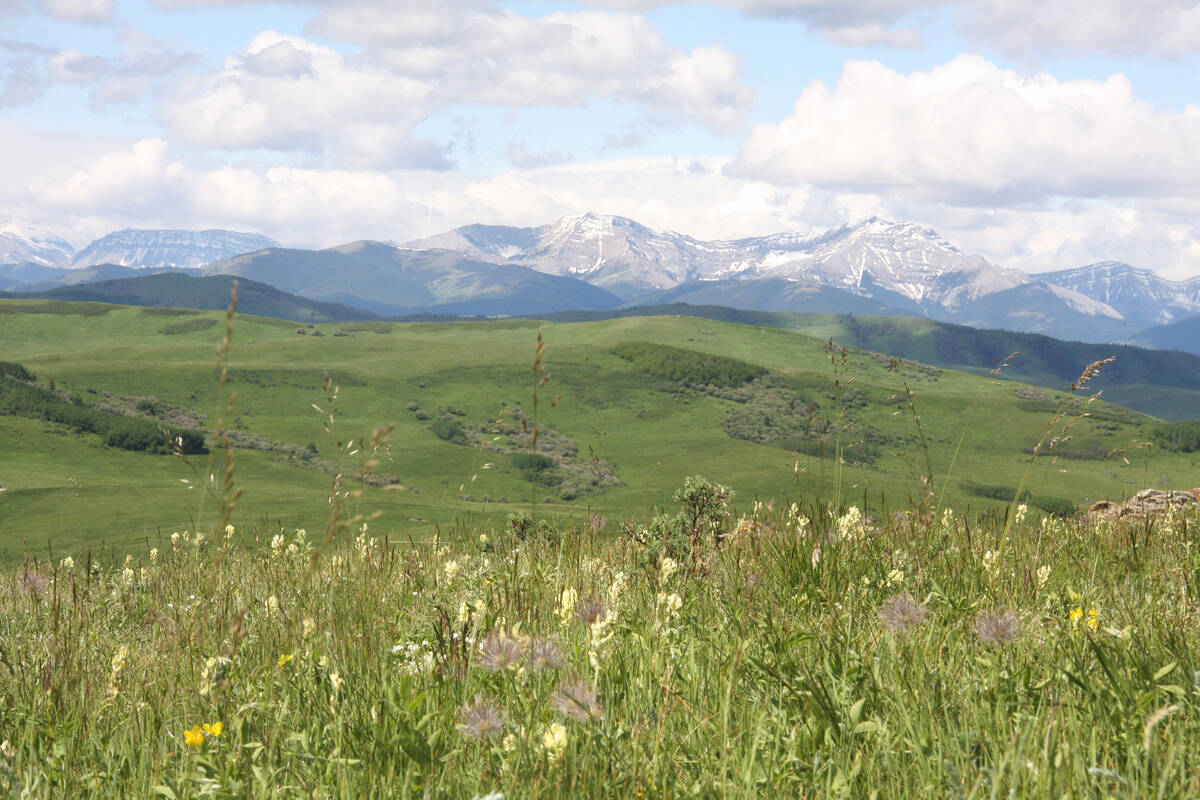Alan Clark is among those baffled by the proposed new program set up to replace the Net Income Stabilization Account.
What puzzles him is why producers will need to make a large up-front deposit if they want to participate in the Canadian Agriculture Income Stabilization Program, a component of business risk management under the agricultural policy framework. For many, the deposit could amount to more than $50,000, said the Melita, Man., producer.
The design of the program will raise the bar even higher for those wanting to stay in farming, he said. While he will have the deposit needed to participate, Clark suggested government should have found alternatives so farmers could more easily take part without tying up large sums of money.
Read Also

Selenium not deal breaker in coal mining: expert
Environmental scientist weighs in on coal mining debates in Western Canada, explaining selenium and the technologies and practices to lower its concentrations in nearby waterways to coal mining operations
“To really annoy me, they set it up so you have two or three levels of program, which is obviously saying some people aren’t going to have the money, which is absolutely crazy.”
The overall implications of the transition from NISA to CAISP are not clear for Manitoba farmers, said Weldon Newton, president of Keystone Agricultural Producers. He said that is partly because producers do not yet know what their new margin numbers will be. Those numbers are expected to start coming out shortly.
“It’s going to work better for some producers than the old NISA. For other producers, it’s not going to work as well.”
Although there are anticipated gains to the new program design, Newton advises producers to invest time now to consider the implications, including tax, if they are rolling money out of NISA and into the new program.
He remains upset that Ottawa criticized farmers in recent years for not using their NISA accounts enough. Those who did draw down their accounts during difficult farming years will be less able to come up with the money needed to participate in the CAISP program, he said.
“I have a big problem with that.”
Those with large NISA accounts will be better equipped to meet the challenge because they can transfer funds from the old program to the new, although they must remember that money coming out of the second NISA fund, which contains government matching contributions and interest, will be treated as taxable income.
A common sentiment was that NISA favoured grain growers over producers of other commodities. Newton expects CAISP to give more equitable treatment to all the commodities covered.
Manitoba producers also have been warned to expect a change in their crop insurance premiums under the new business risk management program.
The change will eventually see Manitoba farmers paying 40 percent of the total cost of basic crop insurance, an increase from 31.5 percent. That means their premiums for basic coverage will climb more than 25 percent over the next three years, Newton said.














